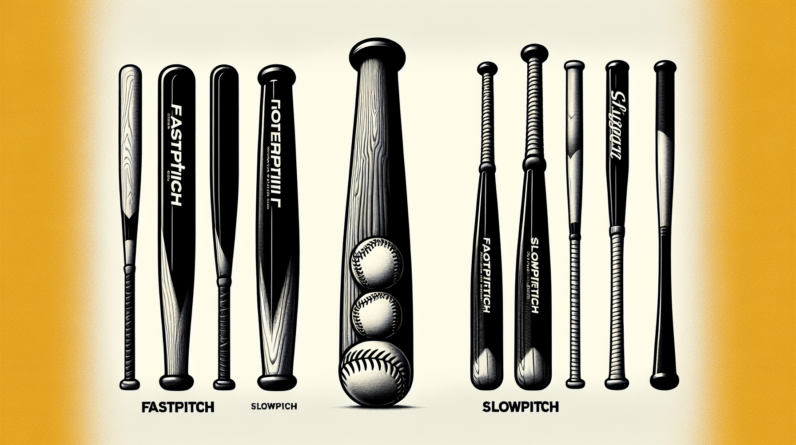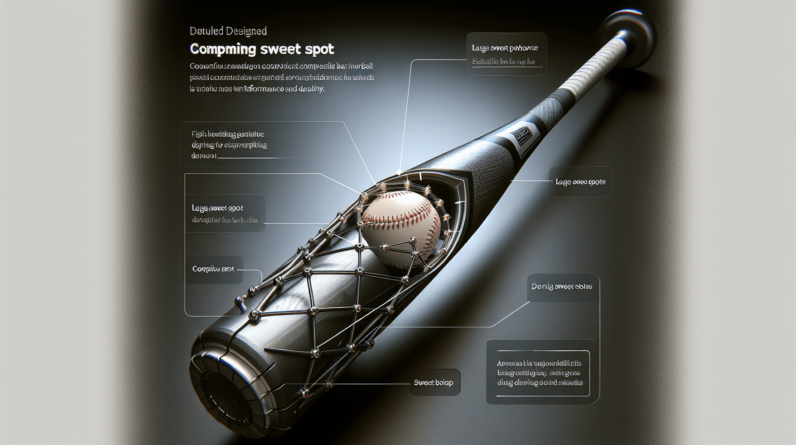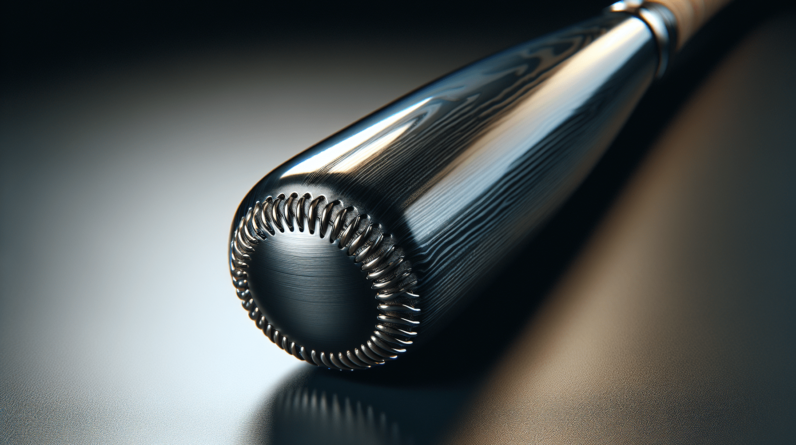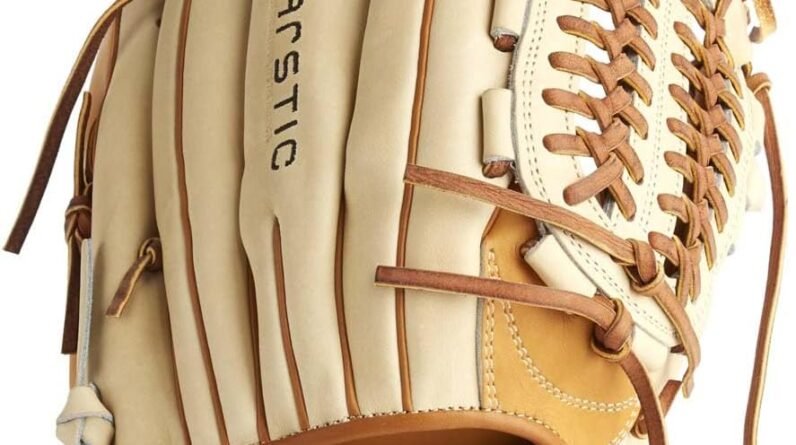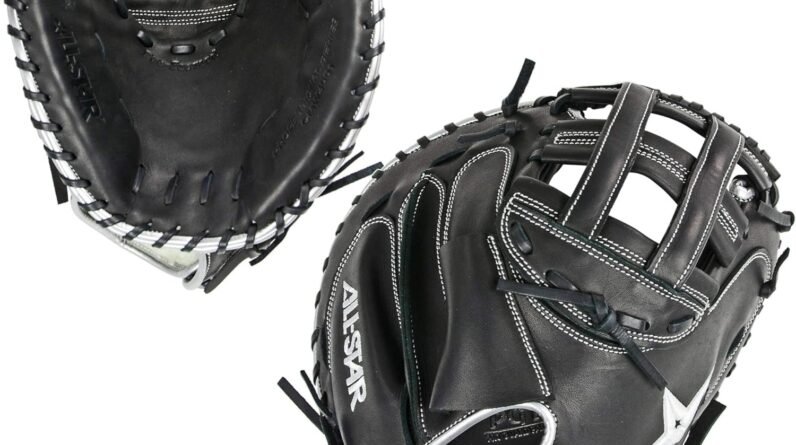In the world of baseball and softball, choosing the right drop bat can make a significant difference in your performance on the field. But with so many options available, how do you know which one is right for you? Fear not, for we have got you covered! This article will guide you through the key factors to consider when selecting a drop bat, from understanding the drop weight to finding the perfect balance between power and control. So, if you’ve ever found yourself wondering, “How do I know what drop bat I need?” – read on to discover the answers and take your game to the next level.
Understanding Drop Bats
What is a drop bat?
A drop bat refers to the numerical difference between the bat’s length in inches and its weight in ounces. This numerical value, often denoted by a negative sign, helps determine the bat’s weight-to-length ratio. It is an essential characteristic that impacts a player’s swing and performance at the plate.
Why do I need a drop bat?
Choosing the right drop bat is crucial because it directly affects your swing mechanics and overall performance. A well-suited drop bat allows for better barrel control, increased bat speed, and improved hitting results. It ensures that you can achieve maximum power and accuracy while maintaining proper form and technique.
Different types of drop bats
Drop bats come in various types to cater to different player preferences and performance needs. Some of the common types include balanced drop bats, end-loaded drop bats, and hybrid drop bats. Balanced drop bats distribute the weight evenly throughout the bat, providing a smoother swing. End-loaded drop bats have additional weight towards the end of the barrel, resulting in increased power and distance. Hybrid drop bats combine elements of both balanced and end-loaded bats, providing a versatile option.
Considerations before choosing a drop bat
Before selecting a drop bat, there are a few essential considerations to keep in mind. These include your age and skill level, league regulations, swing speed, material composition, barrel diameter, grip preference, and budget. By assessing these factors, you can make an informed decision that aligns with your specific needs and requirements.
Determining Weight
Understanding drop bat weight
Drop bat weight refers to the mass of the bat and is measured in ounces. The weight impacts the swing speed and bat control, with lighter bats allowing for faster swing speeds and better control. However, it’s important to find a balance between weight and power, as a bat that is too light may sacrifice power for increased swing speed.
Importance of weight in drop bat selection
Choosing the appropriate weight in a drop bat is vital as it affects your ability to generate power and maintain control during your swing. The right weight ensures a comfortable and efficient swing, reducing the risk of fatigue and injury. It allows you to optimize your performance at the plate and achieve consistent results.
Factors to consider when choosing weight
When determining the weight of your drop bat, consider factors such as your physical strength, swing mechanics, and hitting style. A stronger and more experienced player might prefer a slightly heavier bat for increased power, whereas a younger or less physically developed player might benefit from a lighter bat to enhance swing speed. It is crucial to find the right balance that matches your individual abilities.
Bat weight guidelines for different players
There are no exact weight guidelines that universally apply to all players, as each individual’s strength and preference vary. However, as a general guideline, youth players and those with less physical strength often benefit from drop bats in the -10 to -13 range. High school and college players typically use drop bats in the -3 to -5 range, while professional players often prefer drop bats in the -8 to -12 range.
Selecting Drop Ratio
What is drop ratio?
Drop ratio refers to the numerical difference between the length and weight of a drop bat. It is calculated by subtracting the weight from the length, typically expressed as a negative value. The drop ratio provides a standardized way to compare different drop bats and ensures consistency when selecting a bat suitable for an individual player.
How to calculate drop ratio
To calculate the drop ratio of a drop bat, subtract the weight (in ounces) from the length (in inches). The resulting numerical value, often denoted with a negative sign, represents the drop ratio. For example, if a bat is 30 inches long and weighs 20 ounces, the drop ratio would be -10.
Significance of drop ratio in bat selection
The drop ratio is essential in bat selection as it influences the weight-to-length ratio of the bat. It helps determine the overall feel, swing speed, and power potential of the bat. The drop ratio ensures that players can choose a bat that suits their individual swing mechanics and hitting style, allowing for optimal performance at the plate.
Recommended drop ratios for different players
The recommended drop ratio varies depending on the player’s age, skill level, and physical attributes. As a general guideline, youth players often benefit from drop ratios between -10 and -13, providing a balanced combination of weight and length. High school and college players typically use drop ratios between -3 and -5, allowing for more power. Professional players often opt for drop ratios between -8 and -12, enabling them to harness their strength and generate maximum power.
Assessing Player’s Age and Skill Level
Impact of age and skill on drop bat selection
The age and skill level of a player significantly influence the appropriate drop bat selection. Younger players who are still developing their physical strength and coordination may benefit from lighter bats, while older and more experienced players may require heavier bats to maximize their hitting potential.
Recommendations for youth players
For youth players, it is crucial to select drop bats that are appropriate for their age and skill level. Bats with higher drop ratios (-10 to -13) are generally recommended as they provide a lighter swing weight and help young players generate bat speed without sacrificing control. This allows them to develop proper swing mechanics and gain confidence at the plate.
Considerations for high school and college players
High school and college players typically have more advanced skills and physical strength, allowing them to handle slightly heavier bats. Drop bats with lower drop ratios (-3 to -5) are commonly used by these players, as they provide a balance between swing speed and power. The weight and length combination of these bats enables hitters to drive the ball with increased force.
Choosing drop bats for professional players
Professional players have honed their skills to an elite level and possess significant physical strength. They often use drop bats with lower drop ratios (-8 to -12) to optimize their power potential. These bats allow for maximum energy transfer and generate substantial force, resulting in powerful hits that can clear the outfield fences.
Understanding League Regulations
League restrictions on drop bat
Different leagues have their own regulations regarding the drop bat that can be used during gameplay. These regulations often specify the allowable drop ratio and barrel diameter, ensuring fair play and maintaining a level playing field for all participants.
Checking league rules and regulations
Before purchasing a drop bat, it is crucial to review the rules and regulations of your respective league. These guidelines will outline the permissible drop ratios, barrel diameter limits, and any other bat-related restrictions. Adhering to these regulations is essential to avoid penalties and ensure a fair and legal competition.
Consequences of using an illegal drop bat
Using an illegal drop bat in a league-sanctioned game can result in severe consequences, including individual player penalties, team penalties, and nullification of any statistics or results achieved using the illegal bat. It is important to prioritize compliance with league regulations to avoid unnecessary penalties and maintain the integrity of the game.
Selecting a drop bat according to league requirements
To ensure compliance with league regulations, choose a drop bat that meets the specifications outlined in the rules. This includes selecting an appropriate drop ratio and confirming that the barrel diameter falls within the allowable limits. By adhering to these requirements, you can confidently use your drop bat in league-sanctioned games without the fear of penalties or disqualification.
Analyzing Swing Speed
Importance of swing speed
Swing speed plays a vital role in a baseball player’s ability to make solid contact with the ball and generate power. A faster swing speed allows for shorter reaction times, increased contact rates, and the potential for greater distance on hits. It is crucial to consider your swing speed when selecting a drop bat to optimize your hitting performance.
How to measure swing speed
Swing speed measurement can be done using advanced radar technology or specialized devices. However, for most players, a general assessment of swing speed can be obtained through self-awareness and observation. Pay attention to the quickness and fluidity of your swing, as well as the contact made with the ball to gain insight into your swing speed.
Matching swing speed with drop bat
To maximize performance, it is important to select a drop bat that matches your swing speed. Players with faster swing speeds often benefit from drop bats that are slightly lighter, allowing for quick and explosive swings. Conversely, players with slower swing speeds may find more success with drop bats that offer additional weight to generate more power.
Recommended drop bats for different swing speeds
For players with faster swing speeds, drop bats with higher drop ratios (-10 to -13) are often recommended. These lighter bats allow for quick bat acceleration and increased swing speed. Players with slower swing speeds may prefer drop bats with lower drop ratios (-3 to -5), as the additional weight helps generate more power to compensate for the slower swing.
Considering Material Composition
Different materials used in drop bats
Drop bats are manufactured using various materials, each with its own characteristics and performance attributes. Common materials used in drop bats include aluminum, composite, and wood. Understanding the differences and advantages of each material is essential when selecting the most appropriate drop bat for your needs.
Advantages and disadvantages of each material
Aluminum drop bats are known for their durability, affordability, and immediate performance out of the wrapper. They provide a stiffer feel, allowing for quick bat speed. Composite drop bats, on the other hand, offer more flex and trampoline effect, resulting in increased hitting distance and better vibration dampening. Wood drop bats provide a traditional feel and are often favored by professionals and players seeking a classic baseball experience.
Selecting a drop bat material based on preferences
When selecting a drop bat material, consider your preferences for performance characteristics, such as durability, barrel responsiveness, and overall feel. If you prioritize durability and affordability, aluminum bats would be a suitable choice. If you desire increased hitting distance and vibration control, then composite bats are worth considering. For a traditional and authentic experience, wood drop bats may be the preferred option.
Evaluating performance and durability
When evaluating the performance and durability of different drop bat materials, consider their ability to maintain performance over time and withstand the rigors of gameplay. Aluminum bats are typically more durable, while composite bats may require a break-in period to reach their optimal performance level. Wood bats often provide a unique experience but tend to be less durable than their metal or composite counterparts.
Looking at Barrel Diameter
Understanding barrel diameter
The barrel diameter of a drop bat refers to the width of the bat barrel at its widest point. Barrel diameter impacts the bat’s sweet spot size, swing weight, and overall performance. It is an important factor to consider when selecting a drop bat, as it affects your ability to make solid contact with the ball and maximize hitting results.
Effect of barrel diameter on performance
A larger barrel diameter generally results in a larger sweet spot, providing a larger hitting surface area. This can lead to an increased likelihood of making solid contact with the ball, resulting in better ball exit speed and distance. However, larger barrel diameter bats may also come with a slightly heavier swing weight, impacting swing speed.
League regulations on barrel diameter
Different leagues have specific regulations regarding the maximum allowable barrel diameter for drop bats. These regulations are implemented to ensure fairness and prevent any undue advantage gained through equipment. It is essential to review and comply with these regulations to avoid penalties and disqualification from league-sanctioned games.
Choosing the appropriate barrel diameter
When choosing a drop bat, consider your swinging style and personal preferences regarding barrel diameter. If you prioritize a larger sweet spot and are comfortable with a slightly heavier swing weight, a bat with a larger barrel diameter may be suitable. However, if swing speed and bat control are paramount, a bat with a smaller barrel diameter will offer a lighter swing weight and increased maneuverability.
Getting the Right Grip
Importance of grip in drop bat selection
The grip of a drop bat plays a vital role in a player’s ability to maintain control and feel comfortable during a swing. A proper grip offers optimum control, reduces vibrations, and prevents the bat from slipping out of your hands. Selecting the right grip material and ensuring the appropriate thickness and texture are crucial for an effective and comfortable swing.
Choosing the right grip material
Drop bats often come with different grip materials, varying from synthetic materials to specialized gripping technologies. Synthetic grips provide durability, moisture resistance, and a tacky feel that promotes a secure grip. Grips with specialized technologies, such as advanced vibration dampening or enhanced sweat absorption, offer additional benefits to consider based on personal preferences.
Necessary grip thickness and texture
The grip thickness and texture are personal preferences that can significantly impact how the bat feels in your hands. A thicker grip can provide a more comfortable and secure feel, while a thinner grip allows for a better bat handle and increased bat control. Texture options range from smooth to patterned grips, each offering different levels of tackiness to further enhance grip stability.
Customization options for grip
Grip customization options allow players to tailor their drop bats to their individual preferences. Some drop bats offer removable grips, allowing you to experiment with different materials, thicknesses, or textures. Additionally, grip accessories, such as grip tape or specialized grip enhancers, can be used to make further adjustments and ensure a personalized grip experience.
Considering Budget
Setting a budget for drop bat purchase
Before embarking on your search for a drop bat, it is important to establish a budget. Setting a budget will help narrow down the available options and ensure that you’re considering bats within your price range. Bats can range in price depending on the materials used, brand reputation, and technological advancements.
Range of prices for drop bats
The price range for drop bats can vary significantly depending on various factors, including the material composition, brand reputation, and bat technology. Entry-level drop bats made from aluminum or basic composite materials can typically be found in the lower price range. As you move into higher-end composite or wood bats with advanced features, the price range will increase.
Cost-performance trade-offs
When considering the cost of a drop bat, it’s important to understand the potential trade-offs between price and performance. Higher-priced drop bats often incorporate advanced materials, technological innovations, and extensive research and development. While they may come at a higher cost, they generally offer improved performance, durability, and overall hitting experience compared to lower-priced options.
Determining the best value for money
When determining the best value for money in a drop bat, consider your budget, desired performance characteristics, and personal preferences. A higher-priced bat may offer superior performance features, but it may not be necessary if you do not require those specific benefits. Assess your needs, read reviews, and consult with knowledgeable sources to make an informed decision that provides the best value within your budget.
In conclusion, selecting the right drop bat involves considering a variety of factors, including drop ratio, weight, swing speed, age and skill level, league regulations, materials, barrel diameter, grip, and budget. By understanding these aspects and assessing your individual needs, you can make an informed decision that maximizes your performance at the plate. Remember, investing time and effort in selecting the appropriate drop bat is a crucial step towards becoming a more successful and confident hitter.

